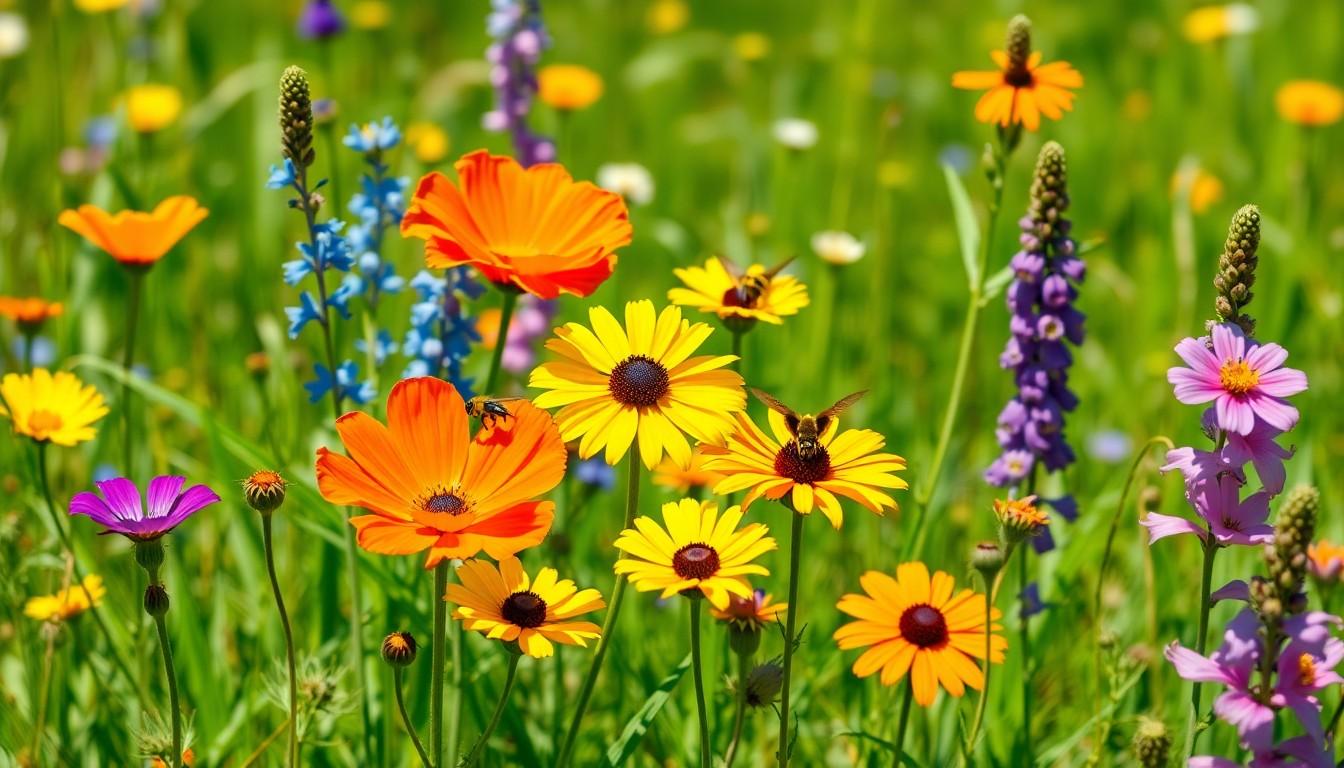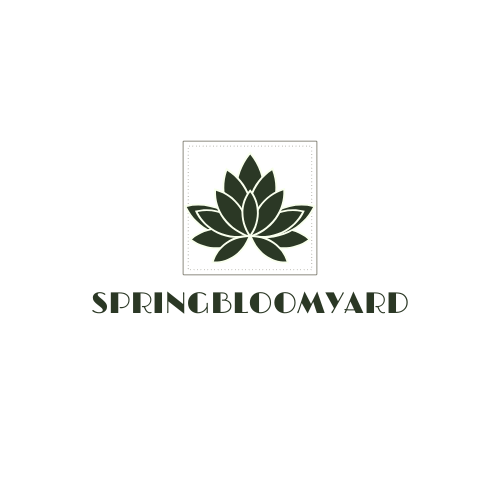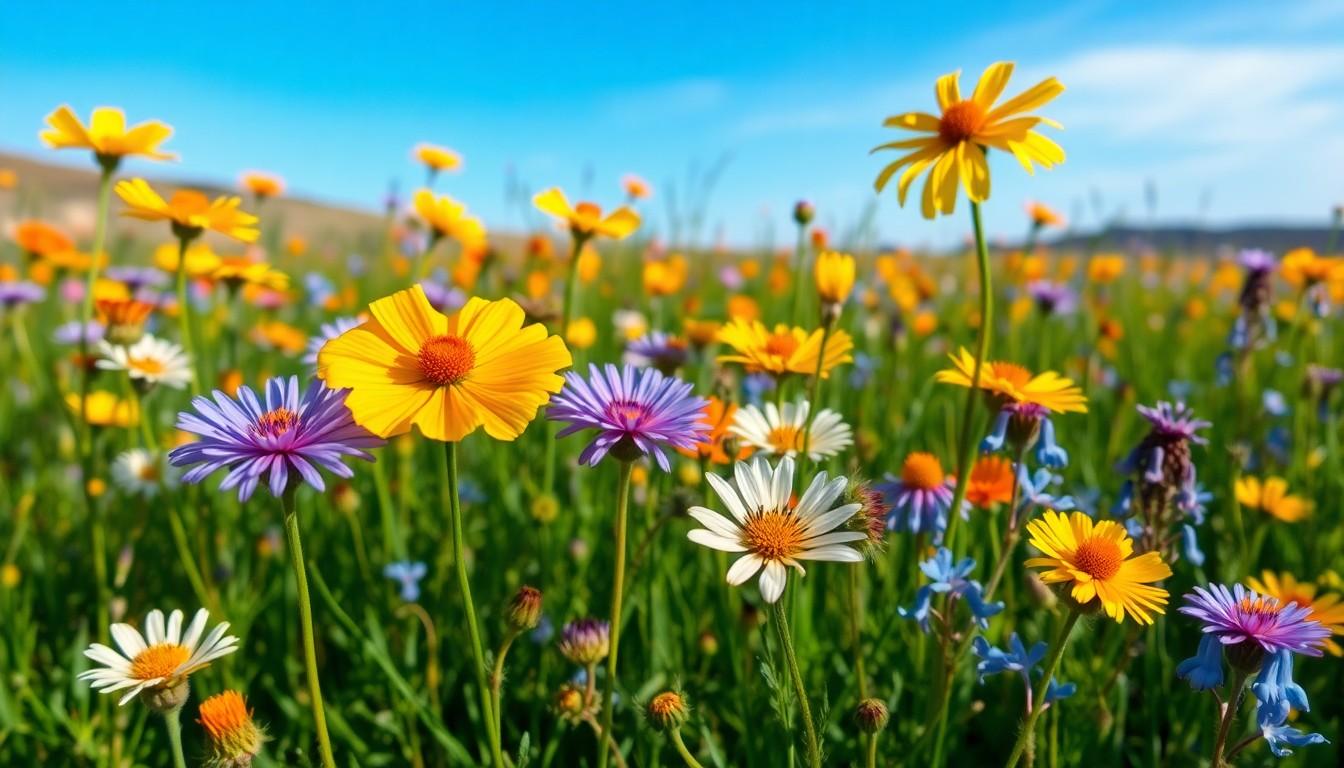Wildflowers are nature’s confetti, popping up in the most unexpected places and adding a splash of color to the world. They’re not just pretty faces; they play a crucial role in our ecosystems, supporting pollinators and bringing joy to anyone lucky enough to stumble upon them. From the delicate bluebells that whisper secrets in the breeze to the bold sunflowers that practically shout, “Look at me!” there’s a wildflower for every personality.
Types of Wild Flowers
Wildflowers come in numerous varieties, each contributing unique beauty and function to their ecosystems.
Annual Wildflowers
Annual wildflowers complete their life cycle in one growing season. Species like the California Poppy and Common Cornflower produce abundant seeds that help in spreading their presence across different habitats.
Perennial Wildflowers
Perennial wildflowers thrive for multiple years. Plants such as Black-eyed Susan and Coneflower return every spring, often growing stronger and more vibrant with each passing season.
Biennial Wildflowers
Biennial wildflowers grow over two years. In the first year, species like Foxglove develop foliage, while they bloom profusely in the second year before dying.
Native Wildflowers
Native wildflowers adapt well to their local environments. Species such as Wild Bluebell and Prairie Clover support local wildlife, including various pollinators, ensuring ecological balance.
Exotic Wildflowers
Exotic wildflowers originate from different regions and may not be suited for local climates. Gardeners often cultivate plants like Japanese Cherry Blossom, appreciating their stunning visuals despite potential ecological impacts.
Medicinal Wildflowers
Medicinal wildflowers provide therapeutic benefits. Plants like Echinacea and Lavender possess properties used in traditional and modern medicine, highlighting their importance beyond mere aesthetics.
Wildflower Combinations
Many gardens benefit from combinations of wildflower types. Those who mix annual, perennial, and native species create visually appealing landscapes while supporting biodiversity.
Diversity among wildflowers enhances ecosystems. Understanding different types aids in appreciating their roles and the beauty they bring to natural landscapes.
Classification of Wild Flowers

Wildflowers can classify into different categories based on their life cycles and characteristics. Understanding these classifications helps appreciate their diversity and ecological roles.
Annual Wild Flowers
Annual wildflowers complete their life cycle within a single growing season. Examples include the California Poppy and the Common Bluebell. These plants germinate, bloom, set seeds, and die all in one year. They often produce vibrant displays, attracting pollinators like bees and butterflies. Due to their short-lived nature, they perform well in disturbed areas and contribute to soil health through their growth and decay.
Perennial Wild Flowers
Perennial wildflowers live for several years, typically blooming each season. Plants such as Black-eyed Susan and Coneflower exemplify this category. These flowers develop extensive root systems, allowing them to thrive in various soils and climates while withstanding adverse conditions. Additionally, they provide consistent habitats and food sources for local wildlife. Their longevity contributes to stabilizing ecosystems over time.
Biennial Wild Flowers
Biennial wildflowers require two growing seasons to complete their life cycle. Foxglove and Sweet William serve as common examples. In the first year, seedlings develop foliage, while flowering occurs in the second year. These plants often exhibit striking blooms, enhancing biodiversity. Biennials typically flourish in specific environments, gradually enriching the soil and supporting various organisms during their growth phases.
Common Types of Wild Flowers
Wildflowers vary greatly, contributing to ecosystems and landscapes. Two notable categories include native and invasive species.
Native Species
Native wildflowers belong to specific regions, thriving in local environments. Examples include purple coneflower and black-eyed Susan. These species support local wildlife by providing food and habitat. They play a crucial role in maintaining ecological balance. Native flowers also require less maintenance, as they adapt well to existing soil and climate conditions. Gardeners benefit from their resilience and colorful blooms, enhancing natural beauty and biodiversity.
Invasive Species
Invasive wildflowers, such as yellow flag iris and purple loosestrife, can disrupt local ecosystems. These species often spread rapidly, outcompeting native plants. They may alter habitat conditions, affecting wildlife that depends on indigenous flora. Control efforts are essential to prevent these non-native flowers from dominating landscapes. Although they may offer visual appeal, their negative impact on biodiversity poses serious concerns. Awareness and management strategies help preserve the integrity of local ecosystems.
Benefits of Wild Flowers
Wild flowers provide numerous benefits to ecosystems and communities. Their ecological contributions and aesthetic appeal play significant roles in enhancing both nature and human experience.
Ecological Importance
Wild flowers play a crucial role in supporting biodiversity. They provide essential habitats for various wildlife species, including bees, butterflies, and birds. By attracting pollinators, these plants facilitate the reproduction of many crops and native plant species. Soil health improves through organic matter contributions from decaying wild flowers. Additionally, extensive root systems of perennial wild flowers help stabilize soil, reducing erosion. Native wild flowers, in particular, promote local ecosystems by fostering symbiotic relationships with insects and other organisms. Their survival in specific climates ensures resilience against environmental changes.
Aesthetic Value
The visual appeal of wild flowers captivates observers. Colorful displays create enchanting landscapes, enriching both rural and urban environments. Varieties such as lilies, poppies, and asters contribute vibrant hues that enhance gardens and public spaces. Wild flowers also evoke feelings of nostalgia and joy among those who encounter them. Gardeners who incorporate wild flowers often note the intricate beauty they bring to outdoor spaces. Seasonal blooming patterns provide ever-changing scenery, inviting exploration and appreciation of nature. Overall, their presence elevates the aesthetic value of landscapes while promoting a connection to local ecosystems.
How to Identify Wild Flowers
Identifying wildflowers involves several key factors. First, observe the flower’s color and shape to narrow down options. Bright yellow petals might indicate a sunflower, while delicate blue blooms could point to bluebells.
Next, examine the leaves. Leaf shape varies significantly among species, providing valuable clues. For instance, heart-shaped leaves often belong to wood violets, while elongated leaves may suggest a type of campanula.
Habitat plays a crucial role in identification. Certain wildflowers thrive in specific environments. Wetlands often host species like marsh marigold, while dry, rocky areas may attract thriving black-eyed Susans.
Consider the blooming season. Wildflowers typically bloom during specific times of the year. Early spring may showcase crocuses, while summer often features vibrant daisies.
Utilizing a field guide proves beneficial for accurate identification. Comprehensive guides provide images and descriptions, assisting in distinguishing between similar species. Apps that recognize flowers through photos can also offer immediate support.
Engaging with local wildflower groups or nature walks enhances identification skills. Experienced members share insights and knowledge, enriching the understanding of regional species. Observing wildflowers in their natural surroundings reinforces learning.
Lastly, note the overall size of the plant. Tall stalks, like those of sunflowers, differ markedly from low-growing varieties. This size distinction aids in confirming identities and understanding growth patterns.
By paying attention to these identifying characteristics, anyone can appreciate the diverse beauty of wildflowers and their significance within local ecosystems.
Conclusion
Wildflowers offer a unique blend of beauty and ecological importance that enriches both natural and cultivated spaces. Their diverse types contribute to vibrant landscapes while supporting local wildlife and enhancing soil health. By appreciating the variety of wildflowers and understanding their roles, individuals can cultivate gardens that not only please the eye but also promote biodiversity. Engaging with native species helps maintain ecosystem balance and fosters a deeper connection with nature. Embracing wildflowers in everyday life encourages a greater appreciation for the intricate relationships within our environments.

